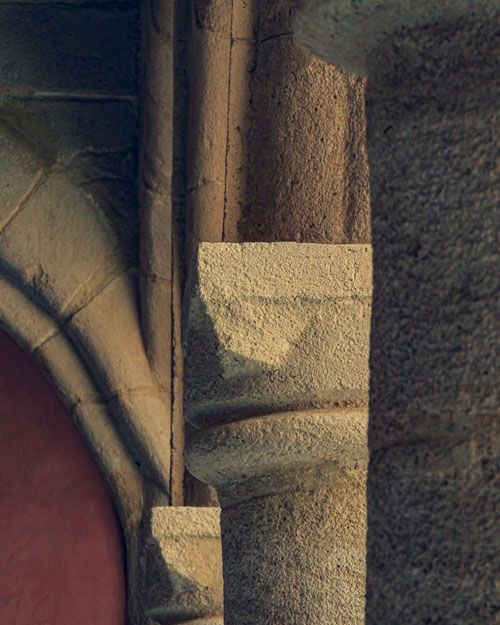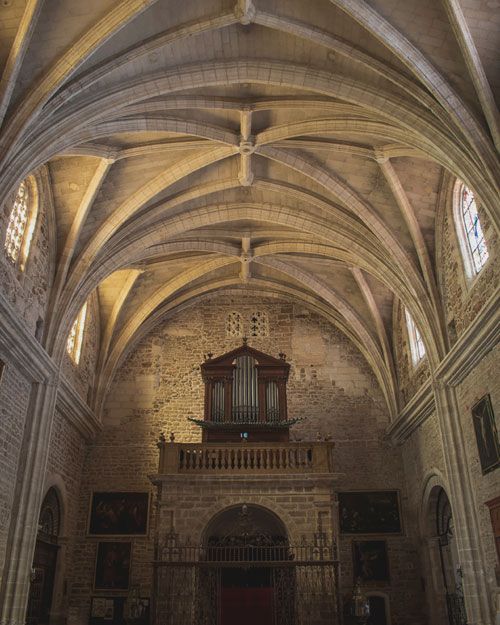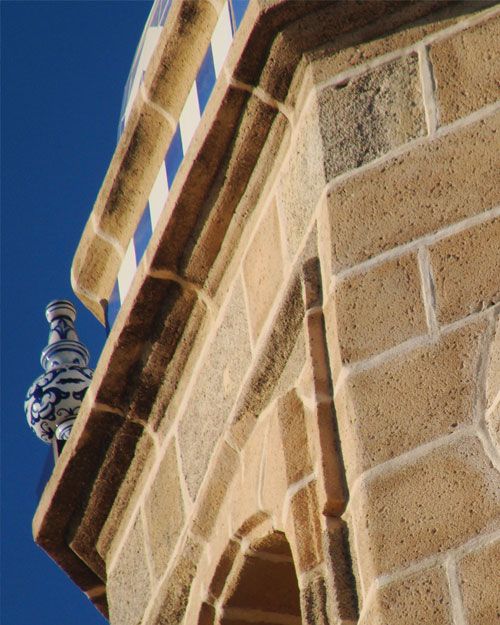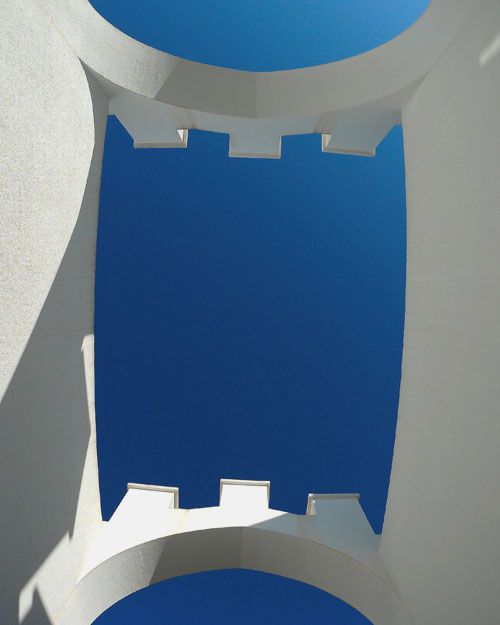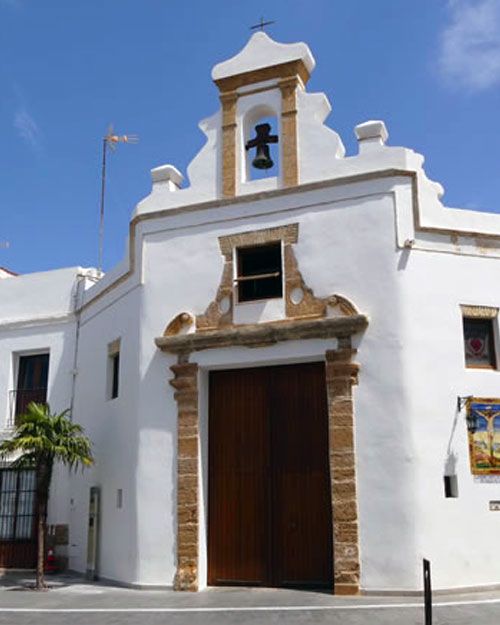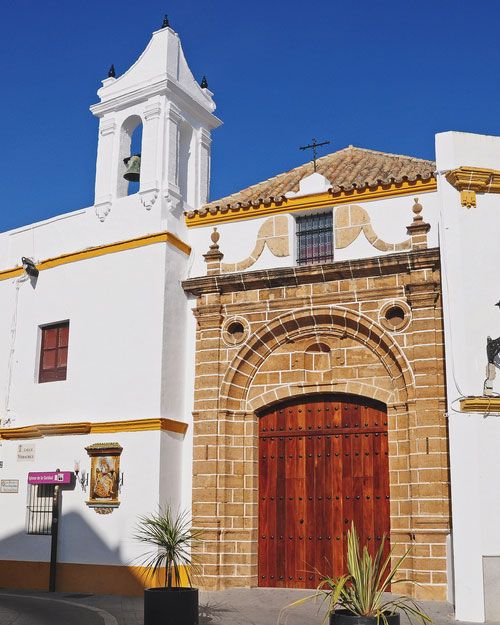
 Walled Town
Walled Town


The wall that surrounded Rota was curved, forming an imperfect oval. This medieval wall has its origins in the Islamic era, within the Almohad period (mid-12th century). This part surrounded the area known as “the town” and separated it from the suburban area.
In this place outside the walls, a suburban or Arab settlement was developed. Only some sections of this wall and three of its four gates remain, such as “Puerta del Mar”, “Arco de Regla” and “Arco de la Villa”, being “Puerta de Jerez” the only one missing.
“Arco de la Villa” or “Puerta de Sanlúcar”
It was the main door of the villa. It was called “Puerta de Tierra” (land door) because it is in contrast to the one of the marina port. It also functioned as a customs and passport office. In the 18th century, the new Town Hall was built on it and on the tower that topped the Town Hall building, an attractive tower popularly known as the Flour Tower was erected, on which a clock was placed.
“Puerta de Jerez”
Also called “Puerta de la Pasadilla” (small passage door), due to the narrowness of the path through which it was accessed. It is the only door that has completely disappeared. It existed until 1868, the year in which it was ordered to be torn down.
“Puerta del Mar” or “del Muelle”
Above the door, there are the remains of a small machicolation that were used at the end of the 19th century to house a small lighthouse that was in operation until 1979, the date on which the new lighthouse was built.
“Arco de Regla” or “Puerta de Chipiona”
Also known as “Puerta de la Carne” (meat door). In this place the sale and purchase of meat and its derivatives was carried out, while the Municipal Slaughterhouse was located in one of the areas adjacent to the Gate.
